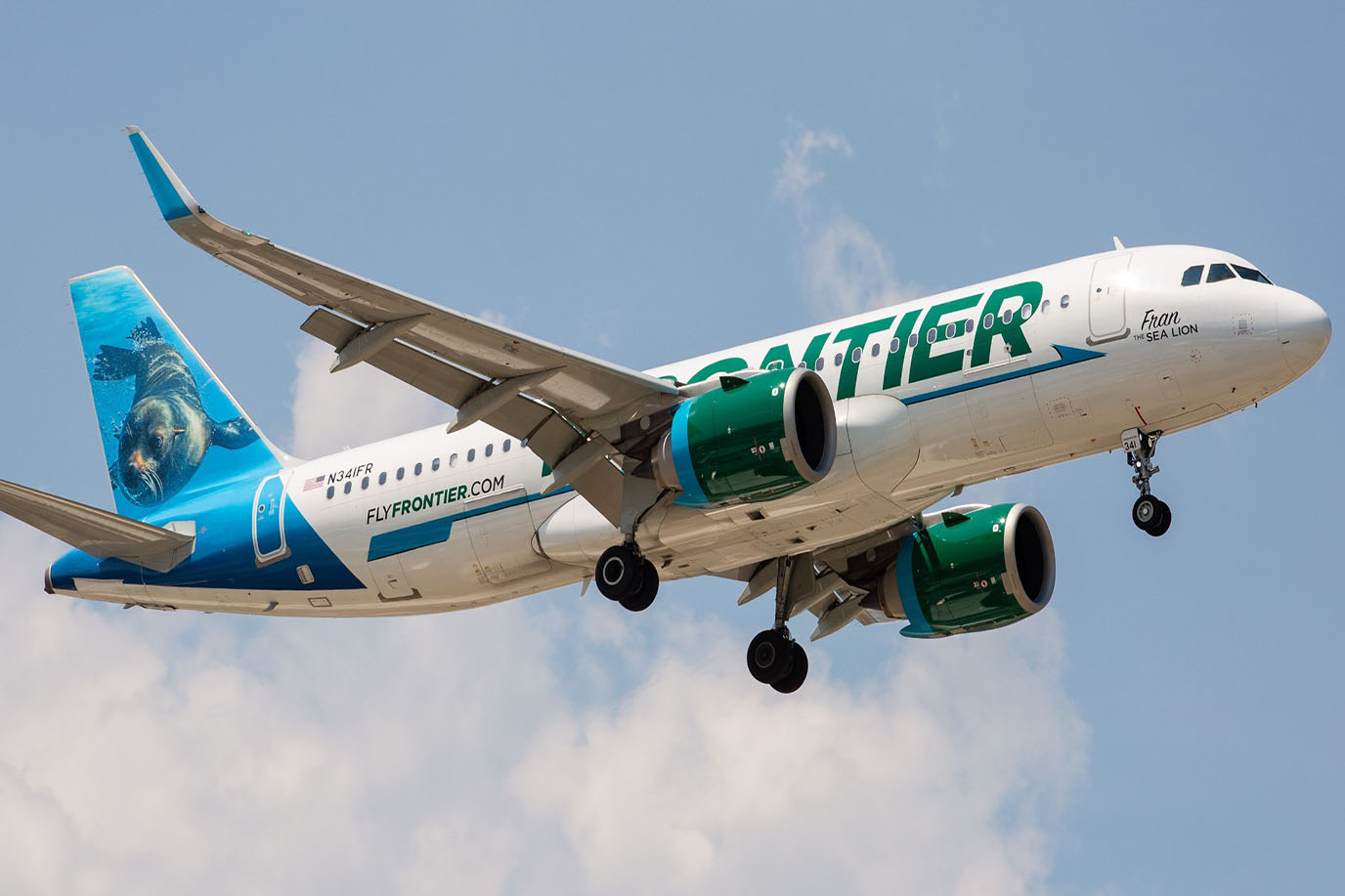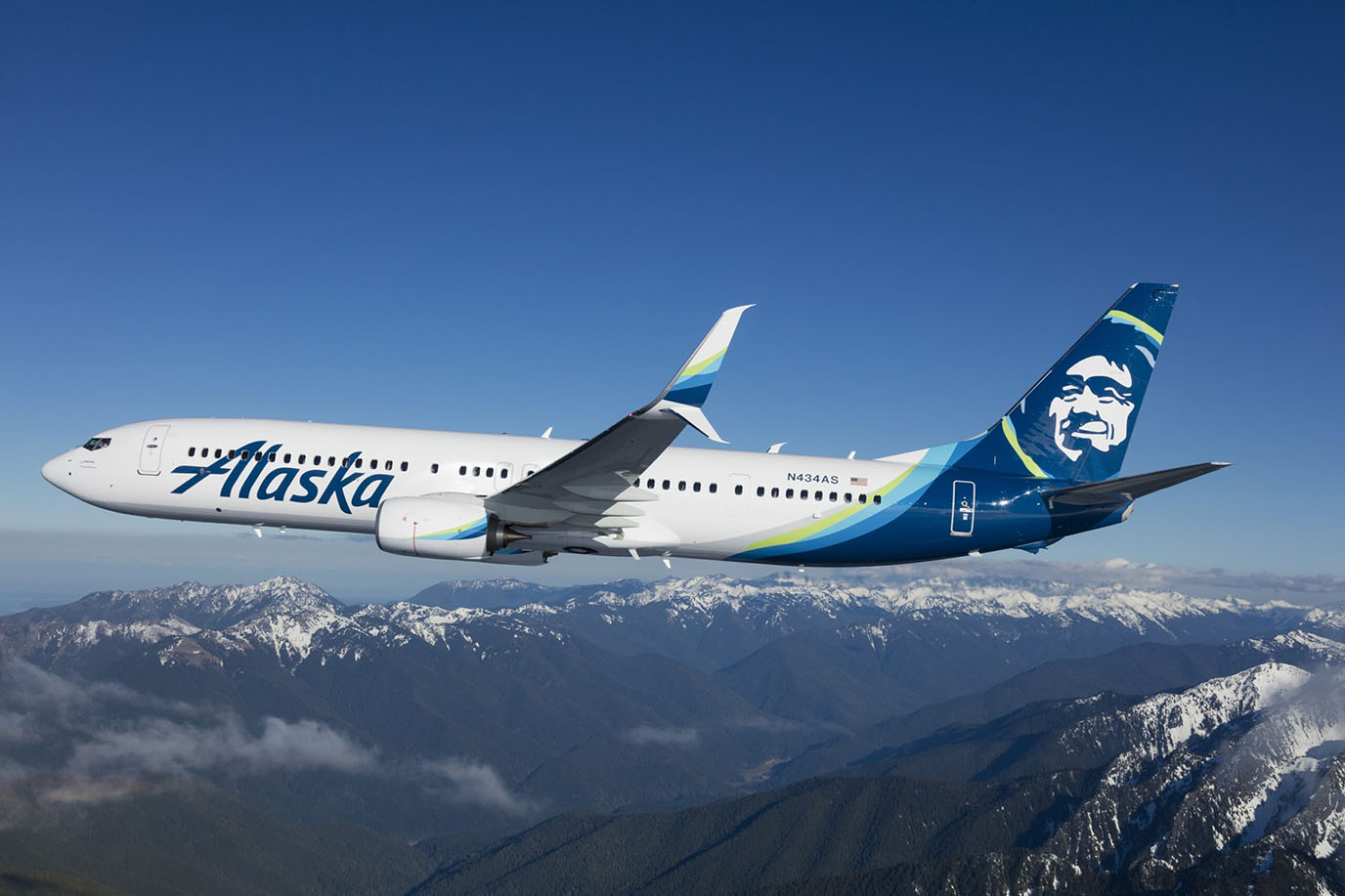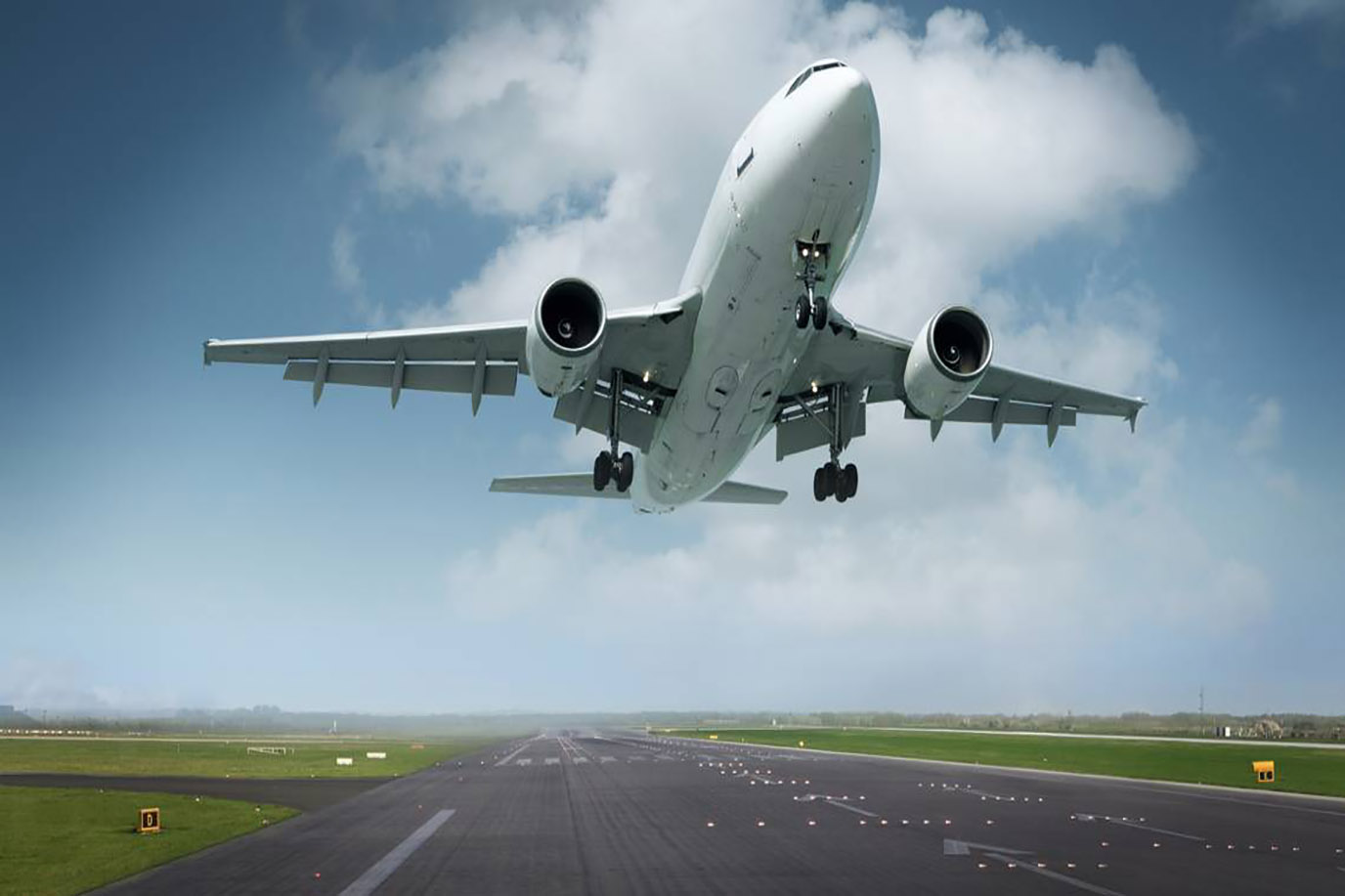I still remember the first time I used airline miles to book a round-trip flight to Portland. I was sitting at my kitchen table, laptop open, coffee in hand, thinking I had it all figured out. After all, how hard could it be? I had the miles, I had the destination, I had time off. But it took me less than five minutes to realize I was in deep—award calendars, partner redemptions, surcharges, blackout dates, and dynamic pricing all felt like a foreign language.
Fast forward a few years, and booking a trip with points and miles has become second nature. What once felt like chaos now feels like a game. And Portland—one of my favorite U.S. cities to fly in and out of—has become the perfect test kitchen for award travel strategy. It’s not a major international hub, but it’s connected, compact, and usually low-drama. Over dozens of trips, I’ve figured out which programs offer the best deals, which airlines I trust (and avoid), and how to make the most of every single mile.
If you’re sitting on a stash of miles and wondering how to use them for a Portland trip without wasting time, money, or patience—this is for you.
🌲 Why Portland Is a Sweet Spot for Award Travel
Let’s start with the basics. Portland International Airport (PDX) is small by national standards, but it punches above its weight when it comes to flight availability. You can get here nonstop from almost every major U.S. city, and it’s a hub for Alaska Airlines—a major plus for domestic award redemptions.
PDX consistently ranks as one of the easiest and most pleasant airports in the country. That matters. If I’m using miles, I’m usually traveling light, on short notice, or flying early—and I’d rather start my trip without the chaos of JFK or LAX. The lines are shorter, the signage is clear, and the carpet (yes, that carpet) still makes me smile.
💺 Start with Your Home Airline: Alaska Mileage Plan
For me, Alaska Airlines is always the first place I check. I live on the West Coast, so their footprint is strong. But even if you’re coming from Chicago, New York, or Dallas, Alaska partners with airlines like American, British Airways, and Japan Airlines—so your options are broader than they look.
I once booked a Portland–New York round-trip for just 15,000 miles and \$11.20 in taxes. That’s almost unheard of now, but you can still find one-way redemptions starting at 5,000 miles if your dates are flexible. I usually search 6–8 weeks out and avoid flying Fridays and Sundays if possible.
Their award chart is still fixed for many routes, which is gold when other airlines are playing roulette with prices. And they allow a free stopover on one-way awards, even on domestic tickets. I’ve used that perk to spend a night in Seattle or San Francisco without paying extra.
Pro tip: Avoid peak holiday windows unless you’re booking 11 months in advance. If your schedule is flexible, Tuesdays and Wednesdays almost always yield the lowest-mileage options.
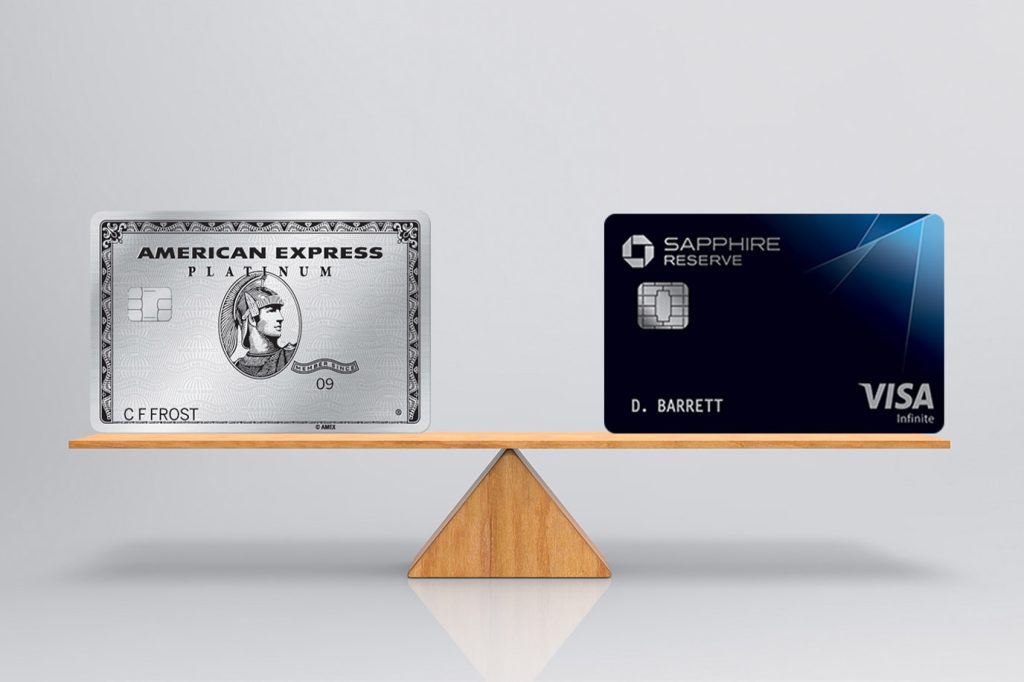
🛫 Chase and Amex: My Lifelines for Transfer Partners
I earn most of my miles through spending and signup bonuses, not flying. My Chase Sapphire Preferred and American Express Gold cards have been game-changers. Points earned through Chase Ultimate Rewards and Amex Membership Rewards are often more valuable than traditional airline miles because of how they transfer.
Here’s how I play it: I search flight availability first through airline portals—usually Delta, United, and Alaska. If I find a good redemption rate, I check whether I can transfer points from Chase or Amex to book through a partner program at a better rate.
One time I found a Delta round-trip from Portland to Austin for 32,000 SkyMiles—but then I checked Flying Blue (the loyalty program for Air France and KLM), and they had the exact same flights for 22,000 miles through a Delta partnership. I transferred Amex points instantly, booked the ticket, and used the leftover 10,000 points for a night at The Hoxton downtown.
These are the wins that make the whole process addictive.
🔍 Tools I Use to Find the Best Deals
I don’t just log into airline websites and hope for the best. I use specific tools every single time I’m planning a points-based trip. These are my constants:
- Point.me: I plug in my desired route and it tells me which airlines have available award seats—and how to book through transfer partners. It’s saved me from wasting hours digging through calendars.
- ExpertFlyer: For deeper availability searches and fare alerts. It’s especially useful when I’m trying to snag a business class seat on a partner airline.
- Seats.aero: This one’s more niche, but great for last-minute redemptions and spotting deals others might miss.
- Google Flights: Even though it doesn’t show award availability, I use it to map out the lowest cash fares, then check if I can match those dates with low-mileage redemptions.
Understanding the Redemption Math
Not all mile redemptions are created equal. Just because you can use miles doesn’t mean you should. I never redeem miles for less than 1.2 cents per point—unless I’m in a pinch or just want to save cash flow. For example, if a round-trip flight to Portland costs \$300 and requires 30,000 miles, I’ll skip it. But if that same route is going for \$600 or more and I can book with 30,000 miles? That’s a win.
I also factor in whether I’m earning elite status or not. Some programs (like Delta) don’t give you any Medallion Qualifying Miles when you book with SkyMiles. But if I book the flight through Chase as a “Pay With Points” option, I earn status-qualifying miles because it counts as a paid ticket. That small difference matters when I’m chasing status or upgrading later.
📅 Sweet Spots from the East Coast and Midwest
When I’m flying from the East Coast—especially New York (JFK or LGA), Boston (BOS), or Washington, D.C. (DCA or IAD)—I know I’ll need more flexibility or a bigger stash of miles. Portland is farther, and airlines love to price long-haul domestic awards like they’re flying to Europe.
But there are a few tricks.
With American Airlines and the AAdvantage program, I’ve flown round-trip from JFK to PDX for as low as 22,500 miles total—but I had to book early (like, exactly 330 days in advance). The outbound was a weekday red-eye, and I returned on a Tuesday afternoon, avoiding the demand spikes. Worth every mile.
Another winner? JetBlue’s TrueBlue program, especially when I transfer points from Chase or Amex. Their pricing is tied to the cash cost, which isn’t always ideal—but when fares drop, so does the point requirement. I’ve snagged Mint class (their version of domestic business class) from BOS to PDX for under 40,000 points each way, which felt like absolute luxury on a transcontinental flight.
From the Midwest, United MileagePlus shines. I’ve flown from Chicago O’Hare to PDX with just 12,500 miles each way, and their partner network (including Air Canada and Avianca) gives me backup options when United’s own availability dries up. Their Excursionist Perk also allows a free one-way segment in a multi-city itinerary, which I’ve used to visit San Francisco en route to Portland at no extra cost.
🌙 Red-Eyes and Shoulder Seasons: Where the Value Lives
There’s something oddly soothing about flying overnight into Portland. Maybe it’s the empty TSA line, or maybe it’s the early morning light filtering through the evergreens as I land. Either way, I’ve learned that red-eye flights consistently offer the best redemption value—especially when I book close-in.
Shoulder seasons—mid-January through early March, and late October through mid-December—are my golden windows. Fewer tourists, lower award pricing, and the city’s rainy-but-romantic vibe? Yes, please.
And here’s the unspoken bonus: hotels and Airbnbs are usually cheaper during those months too, meaning I save not just on the flight, but the whole trip. More budget for Powell’s Books, Stumptown Coffee, or a second helping of Ken’s Artisan Bakery kouign-amann.
💼 How I Use Capital One and Bilt Points for PDX Flights
Capital One’s Venture Miles used to be my backup plan, but lately, they’ve become a surprisingly powerful tool—especially since they added transfer partners like Air Canada Aeroplan, Turkish Airlines Miles\&Smiles, and British Airways Avios.
On one of my more spontaneous trips to Portland, I transferred 15,000 Capital One miles to Turkish Airlines (yes, really), and booked a United-operated flight from LAX to PDX round-trip—all in economy, all for 15K total. That redemption felt like a cheat code.
Bilt Rewards is newer in my toolkit, but if you rent your home and haven’t looked into Bilt yet, do it. You can earn miles on your rent payments—without fees—and transfer them to top-tier airline partners like United, Flying Blue, and American. I once funded half of a PDX redemption just from two months of rent points.
💻 Booking Platforms That Save Me the Most Time
The tools I trust when I finally go to lock in the booking?
- Point.Me – Especially good for showing transfer opportunities from Chase, Amex, or Bilt.
- Hopper – Not for miles, but great for alerting me to price drops if I’m considering a Pay-With-Points cash equivalent redemption.
- AwardHacker.com – It’s bare-bones, but sometimes it reveals program combinations I’d never think of.
- ITA Matrix – Advanced, clunky, but deeply powerful when I want to see fare logic and plan mileage runs or creative routes.
- The airline’s own website – Always double-check availability here before transferring points, since transfers are mostly irreversible.
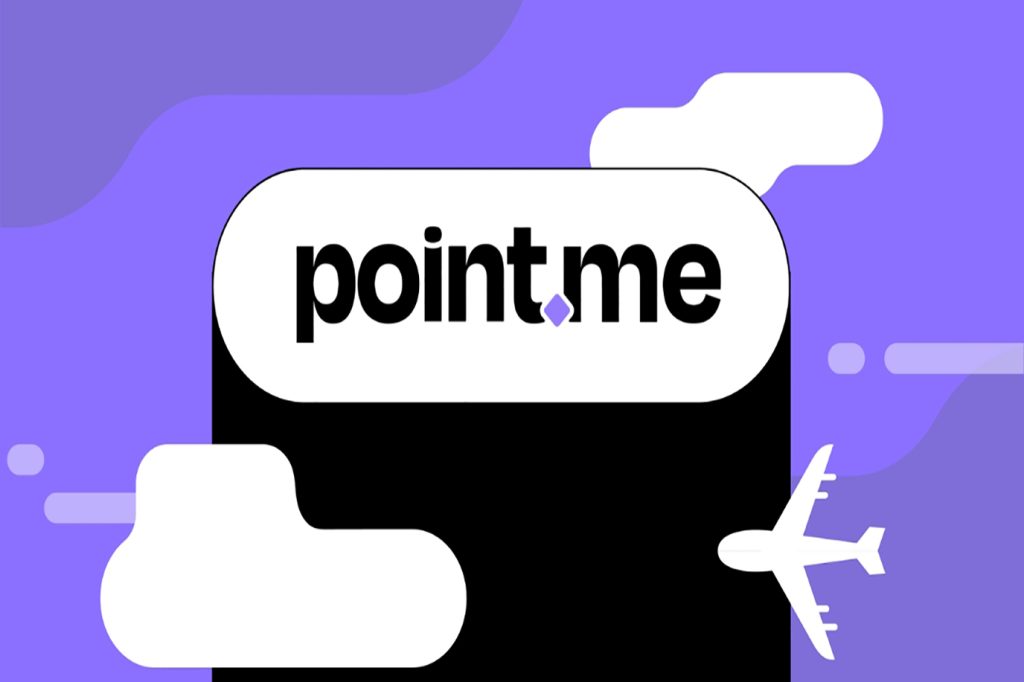
🧾 Mistakes I Made (So You Don’t Have To)
Let me confess a few hard-learned lessons that cost me miles, time, and money early on:
- I transferred points before confirming seat availability. Rookie move. Always check seats first, then transfer.
- I ignored partner airlines. For years, I assumed I had to book Alaska flights with Alaska miles. Wrong. Many partners offer better rates.
- I redeemed for poor cent-per-point value out of urgency. Now I pause—can I pay cash and get a better return using points for hotels instead?
- I didn’t factor in positioning flights. Sometimes a better award seat is out of SFO or SEA—not PDX. Adding a cheap positioning flight is often worth it.
📍 The Emotional Payoff
There’s a moment, about ten minutes before landing at PDX, when the aircraft dips over the Columbia River and you can see Mount Hood in the distance—its snowy peak rising like a postcard against the clouds. I never get tired of that view. It’s a reminder that travel, even domestic, can still feel magical when planned with intention.
Every trip I’ve taken to Portland using miles has felt like a personal victory. Not just because I saved money—but because I learned how to stretch value from a system that often seems rigged. I figured it out. I hacked it. I made it work for me.
And when I walk out of the airport, suitcase in hand, greeted by the fresh smell of Douglas fir and drizzle, I always feel this tiny swell of pride—not just that I made it back to a city I love, but that I did it smarter than the last time.
That’s what miles give me. Not just access, but agency.
